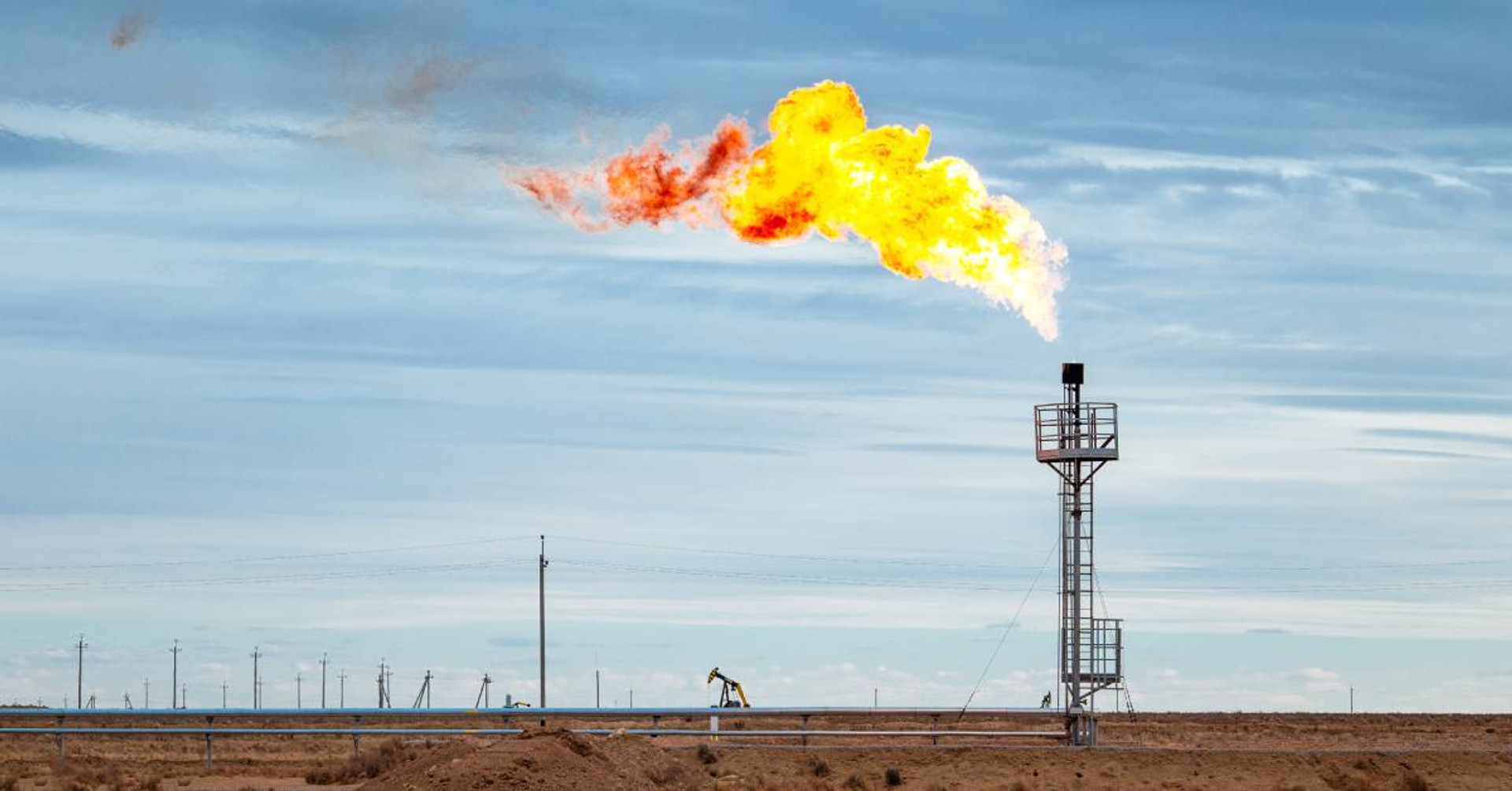What Is Gas Flaring and What Is Its Purpose?
Gas flaring is a critical yet controversial aspect of industrial operations, especially in the oil and gas sector. Understanding its purpose and implications is crucial for those in industrial businesses. This post aims to explore the details of what gas flaring entails and its purpose, along with how industries can mitigate its effects while adhering to global efforts and regulations.
What Is Gas Flaring?
Gas flaring occurs during the production of oil and gas when excess natural gas is burned off at production sites. This process is often visible as bright flames atop flare stacks. Though sometimes necessary, flaring has drawn attention due to its environmental implications.
The Environmental Impact of Gas Flaring
The environmental consequences of this process are quite significant. Burning off natural gas releases carbon dioxide, methane, and other pollutants into the atmosphere. These emissions contribute to climate change and air quality deterioration. Methane is a particularly potent greenhouse gas with far-reaching effects on global warming. Understanding these impacts is essential for businesses to adopt sustainable practices.
Communities near flaring sites often experience adverse health effects due to pollution. Industrial businesses must consider the human cost of gas flaring and implement measures to reduce emissions. Addressing these concerns is not only a regulatory requirement but also a moral imperative.
The Necessity of Gas Flaring in Industrial Operations
Now that you know what gas flaring is and understand its drawbacks, it’s important to recognize that it does serve several purposes. First, it prevents dangerous pressure build-ups during natural gas extraction and processing. This safety measure is vital for protecting equipment and personnel. Additionally, flaring disposes of gas that cannot be processed or sold due to economic or logistical constraints.
In some cases, flaring may be a temporary solution while infrastructure for gas capture and utilization is developed. Businesses must weigh the necessity against the environmental impact and strive for balance. Innovative solutions are key to minimizing reliance on flaring.
Technologies and Innovations To Reduce Gas Flaring
Advancements in technology offer hope for reducing gas flaring. Techniques such as gas reinjection allow businesses to reintroduce excess gas back into reservoirs. This not only reduces emissions but also enhances oil recovery. Be sure to consult a specialty gas company if you’re unsure whether these gases reach the standards needed to operate. They can provide you with the materials you’ll need to perform an assessment.
Emerging technologies like mobile gas treatment units provide flexibility in managing excess gas. These innovations enable businesses to adapt to changing conditions and minimize flaring. Collaboration with tech partners can unlock more sustainable industrial practices.
Global Efforts and Regulations To Minimize Gas Flaring
Internationally, efforts to curb gas flaring are gaining momentum. Organizations like the World Bank’s Global Gas Flaring Reduction Partnership are working toward reducing flaring through policy advocacy and technological support. Industrial businesses must stay informed about global regulations and initiatives to maintain compliance.
Governments worldwide are implementing stricter regulations on flaring. By aligning operations with these guidelines, businesses can avoid penalties and enhance their reputation. Active participation in global efforts demonstrates a commitment to sustainability and industry leadership.

